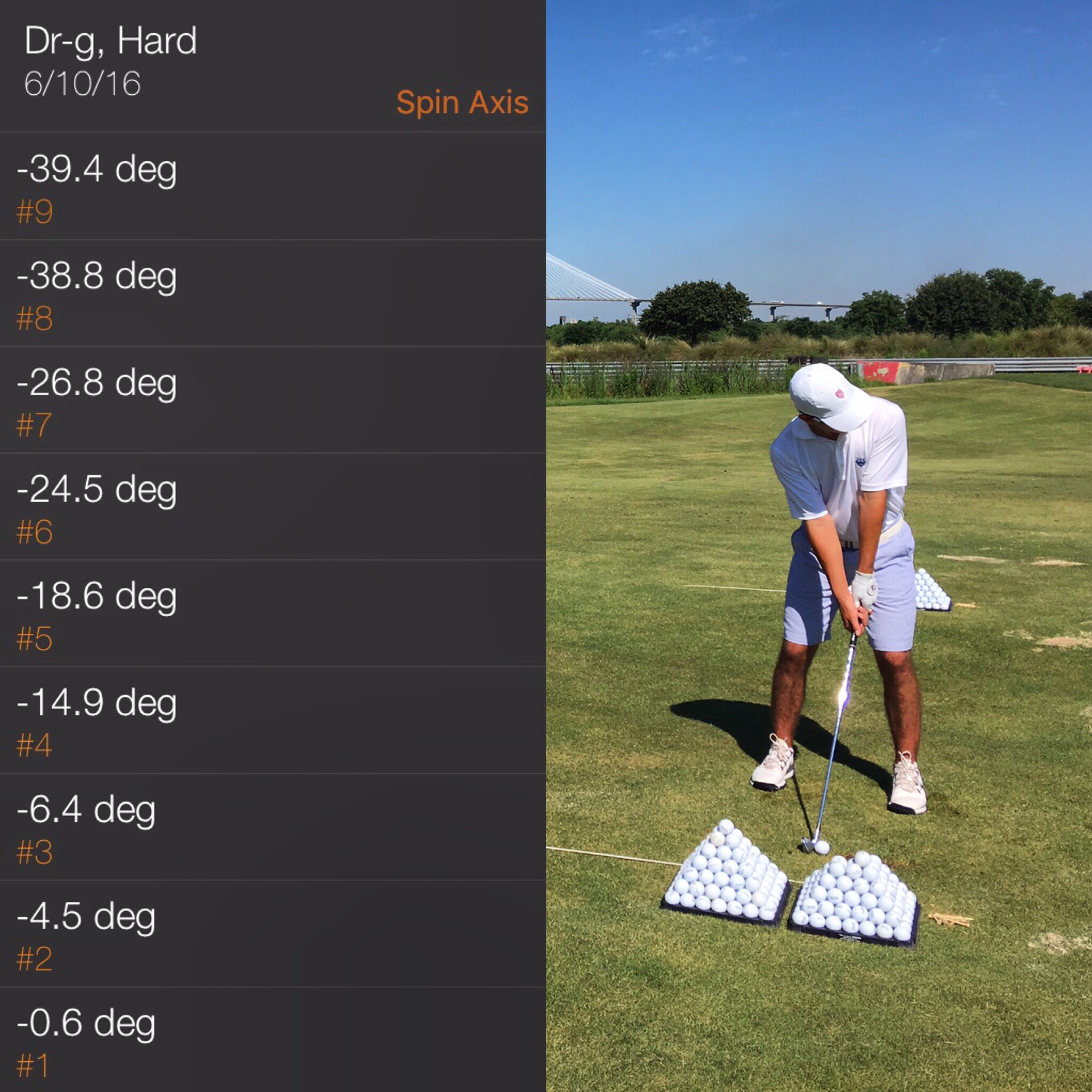The Value of Engagement
/Engagement in learning is defined as the degree of attention, curiosity, interest, optimism and passion that students demonstrate. Most of the current research shows that an increase in student engagement leads to improved retention and heightened skill acquisition. What are you going to do about it and how can this impact you as a golfer?
Have you ever had a boring practice session? Headed to the range to get your ‘reps’ in? It’s time for us to move beyond rote practice regimens because when practicing, the ideal environment is one of engagement and ultimately, challenge.
Don’t get me wrong – block practice will always have a place on my lesson tee. It just shouldn’t be the only form of practice we put in. Let’s incorporate challenges where you keep track of a score or an outcome. Let’s try to do things you previously have been unable to do. If you’re doing all you can to beat your personal best score for a particular chipping challenge, you cannot help but be passionate, interested and optimistic. That’s where the real growth occurs!
To a certain degree I’ve looked up the research to see if it aligned with what I’ve been seeing anecdotally with my students recently. I’ve created a few games to challenge some of my better golfers during their long hours on the range and the results have been promising. They find themselves spending less time on the technical aspects of their golf swing and more time trying to break ‘records’ and put up a ‘score’ and I like that. They do too!
The research and my experience agree – we get better when we’re very much into what we’re doing. Here are a few challenges that will whip you into learning shape…
16 Shot Driver Challenge
- 4 sets of 4 balls
- Each 4 ball set is for a different fairway you select on the practice ground
- Shot 1 is rough both left and right
- Shot 2 is rough left and hazard right
- Shot 3 is hazard left and rough right
- Shot 4 is hazard both left and right
- Scoring is 1 for fairway, 2 for rough and 3 for hazard
- Objective is to score 20 points or less
18 Shot 9-Club Approach Challenge
- Use the 9 clubs between wedges and driver (3 wood to PW)
- Hit 2 shots with each club in random order
- Each of the 2 shots are to a different target
- Each club hits a shot to the left and a shot to the right of the target
- Don’t select clubs in a smooth order – keep it random
- 30 foot zone for <5 handicap
- 40 foot zone for >5 handicap
- Scoring is 1 for in the zone, 2 for outside the zone on safe side, 3 for wrong side of the target
- Scoring objectives are ability/handicap dependent
36 Shot Pitching Challenge
- 36 different shots inside 60 yards
- Targets can be flags, balls, divots...anything
- You compete against your own expectations
- Balls should be counted out prior to getting started
- Scoring is 1 for better than expected and 0 for outside expectation
10 Ball Gate Putting Challenge
- Select a 15 foot putt
- Place a tee at 15' from the hole and another tee 2' behind the hole
- After reading the green place 2 coins a putter head width apart in the mid-point of the putt
- The coins are adjustable and indicate your start line
- Scoring is 1 for through the gate without touching the coins, 2 for appropriate pace with the ball finishing between the front edge and the back tee and 3 for a make
- There is the potential for 30 points and the scoring objective is dependent on putt difficulty and player ability
These challenges are really fun to work through and they will certainly engage you in the process of executing better golf shots. I’ve even found that asking students to report there score to me via text or Edufii serves to heighten their level of engagement and thus learning.
My hope is that this article serves to cause you to institute productive changes into your practice routine. Make 2018 the year where your performance finally meets your potential.














